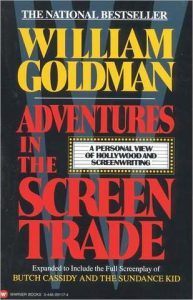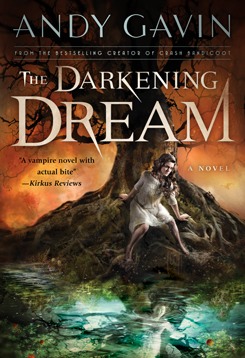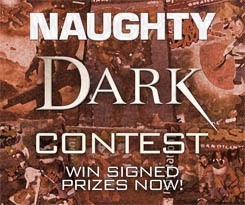Hi all. Here is a link to a streaming “round table” I participated in on 8/30/20. Just four of us fantasy authors and video game fans gabbing for an hour — but lots of fun — so check it out.
Much thanks to Brian D. Anderson for organizing. If you are interested in learning more about any of the participants, here they are:
Andy Gavin all-things-andy-gavin.com/ (haha, here)
Kimberly Unger http://www.ungerink.com/
Rob Hayes http://www.robjhayes.co.uk/
Brian D. Anderson on Amazon https://www.amazon.com/Brian-D.-Ander…
Brian’s YouTube Channel https://www.youtube.com/channel/UCSKt…
































